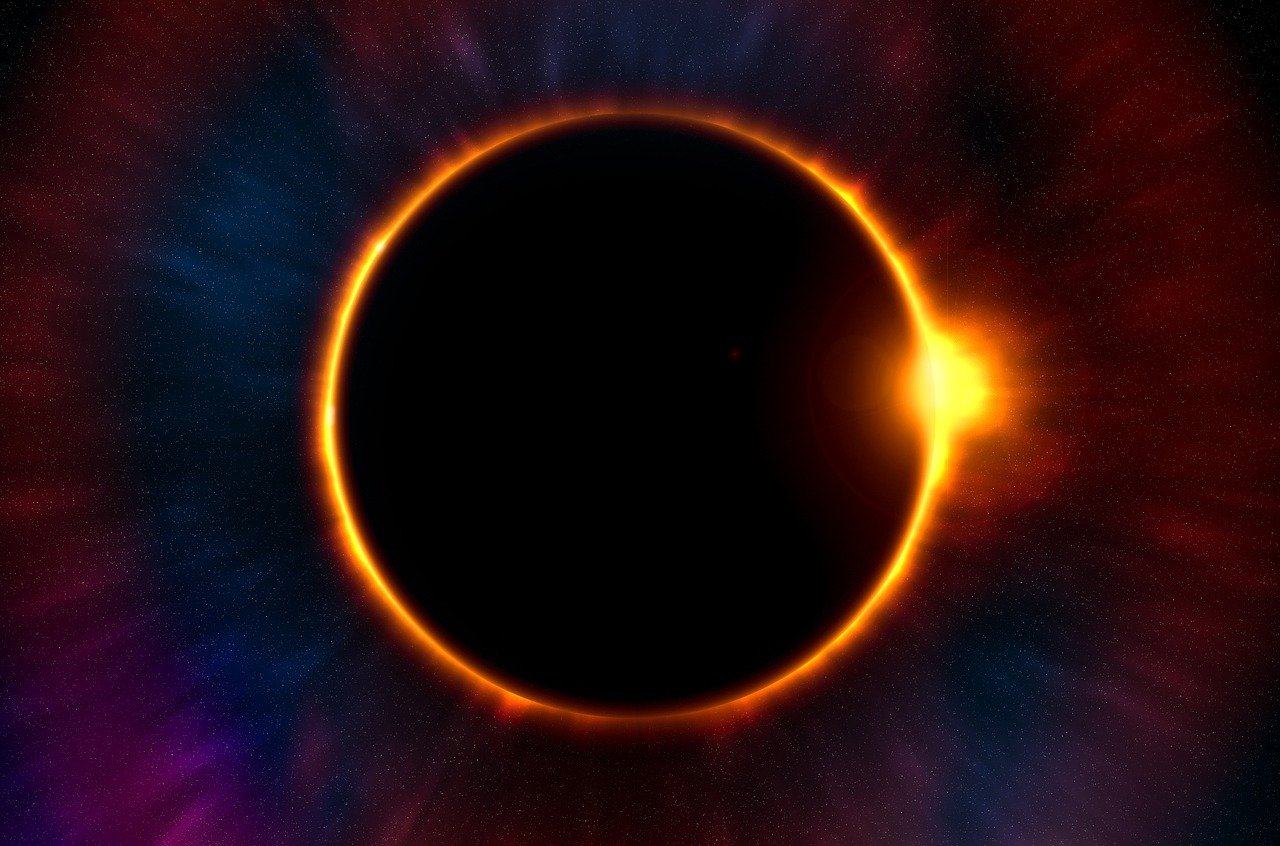Neutrinos are everywhere, they penetrate almost everything. Nevertheless, the electrically neutral elementary particles are extremely difficult to detect. Now, German researchers have succeeded in determining the mass of the particles.
Neutrinos are probably the most abundant massive particles in the universe. We also come into permanent contact with them, but they simply fly through us – probably billions of them every second and probably at the speed of light. Since they show virtually no interaction in the process, it is incredibly difficult to detect them. And the detectors are completely at odds with the size of the particles. The high-energy neutrino observatory IceCube in the ice of the South Pole, for example, has a size of one cubic kilometer.
NEUTRINO RESEARCH IN GERMANY
Neutrino research in Germany is taking place, for example, at the Karlsruhe Institute of Technology. The KATRIN experiment – KATRIN for Karlsruhe Tritium Neutrino Collaboration – is underway there.
Here, researchers are trying to solve one of the mysteries of neutrinos. Do neutrinos have mass? And if so, how heavy is the particle? And now, for the first time, they have an answer to the question.
500,000 TIMES LIGHTER THAN AN ELECTRON
“We are pleased to share with you the result of our first neutrino mass measurement,” it says on the KATRIN experiment page. And it reads: A neutrino weighs a maximum of 1.1 electron volts.
But why not grams, neither milli nor micro, but electron volts? In particle physics, this is a common unit of measurement also for mass. You can also convert it, but the value is extremely small, it results when you divide 1 electron volt (eV) by the square of the speed of light – according to Einstein’s famous formula E=mc2. And this yields a value of about 1.783 times 10 to the power of minus 36 kilograms – a number with a zero before and a great many after the decimal point.
That’s pretty unwieldy. That’s why the physicists in Karlsruhe chose a different comparison. The mass of a neutrino is 500,000 times less than that of an electron. And thus the researchers halved the previously known value of 2 eV.
WHY IS THIS SO IMPORTANT?
The researchers hope that by solving the neutrino puzzle, they will be able to answer many other unsolved questions in physics, such as about the Big Bang and antimatter. That’s why 200 researchers from all over Europe and America are working at KATRIN. For their experiments, they study the beta decay of tritium – a radioactive hydrogen isotope that emits an electron and a neutrino. The researchers determined the value now published during a 28-day measurement cycle in early 2019.


